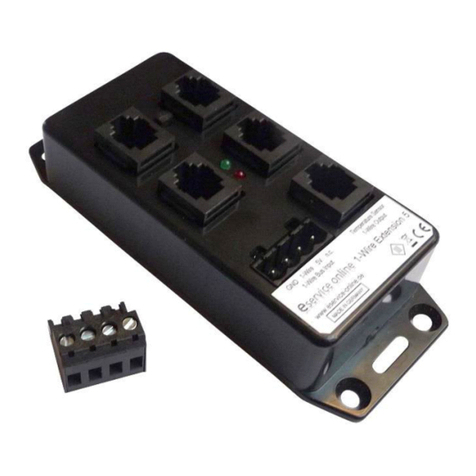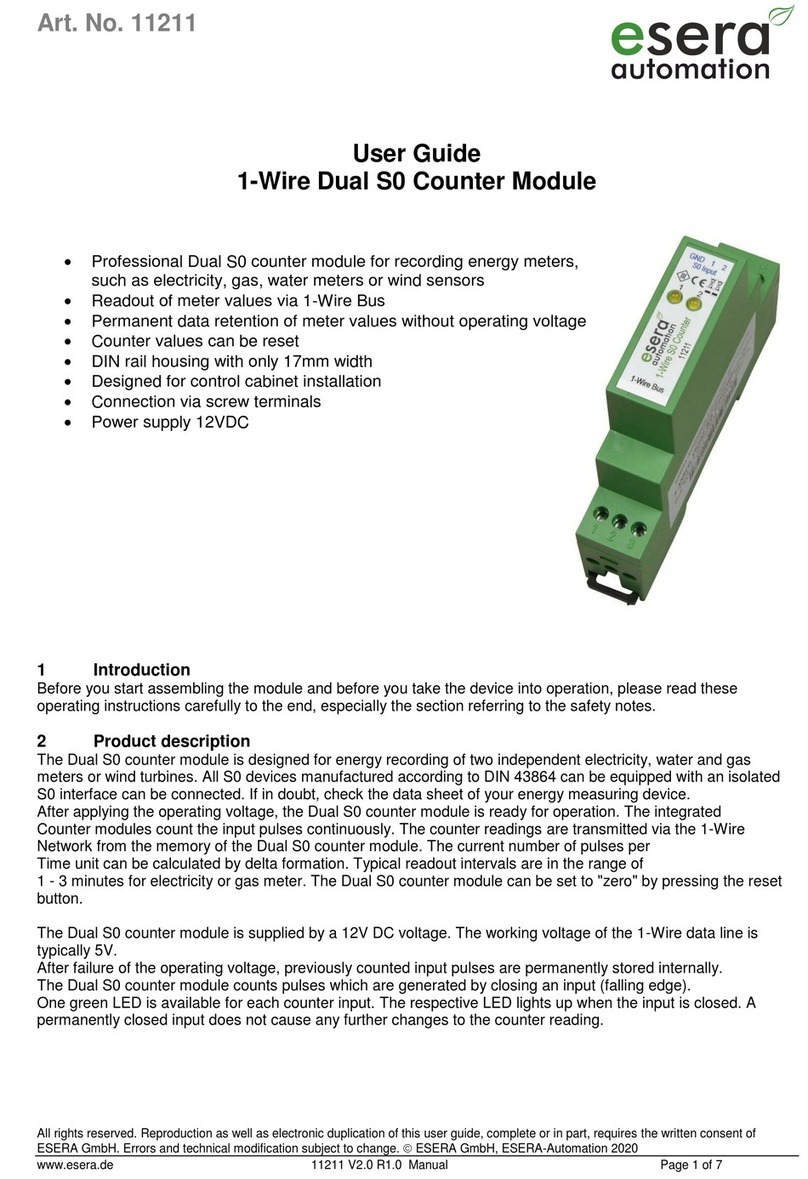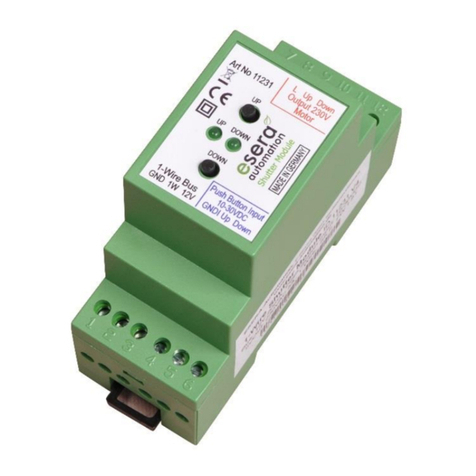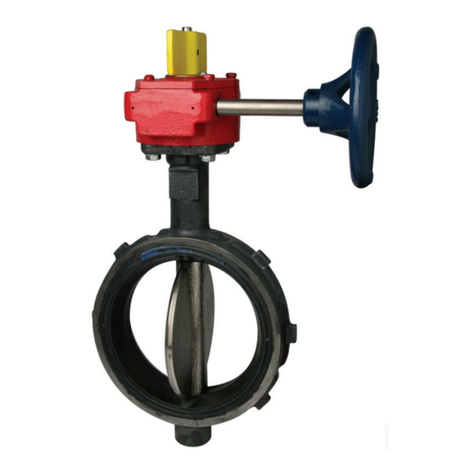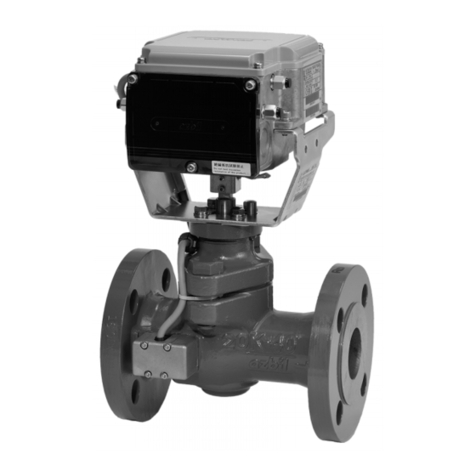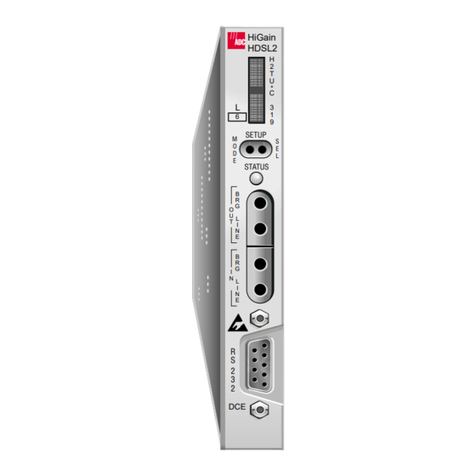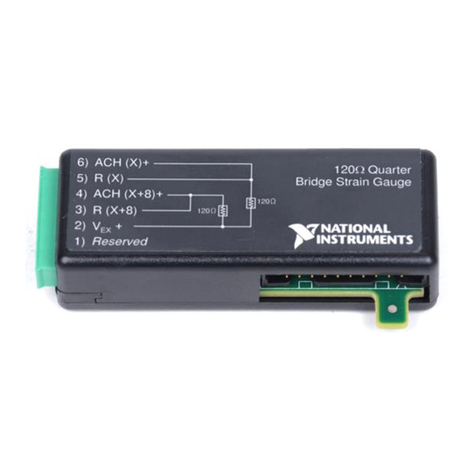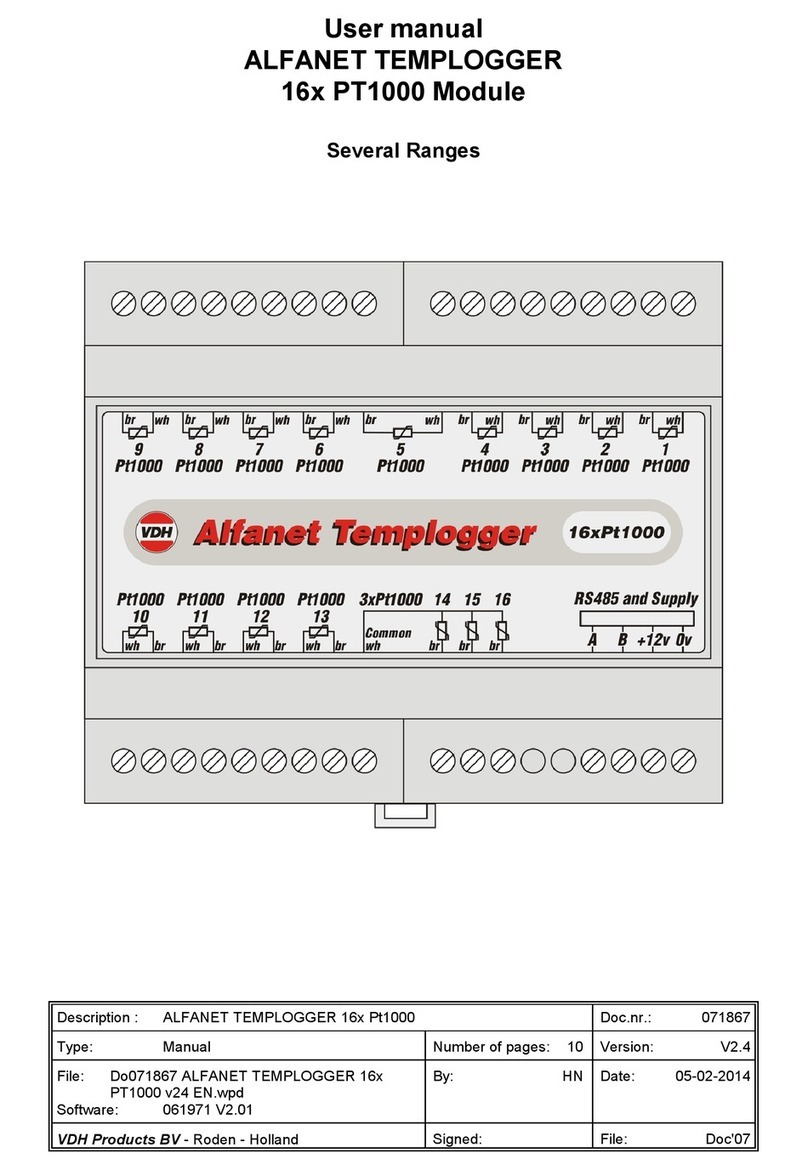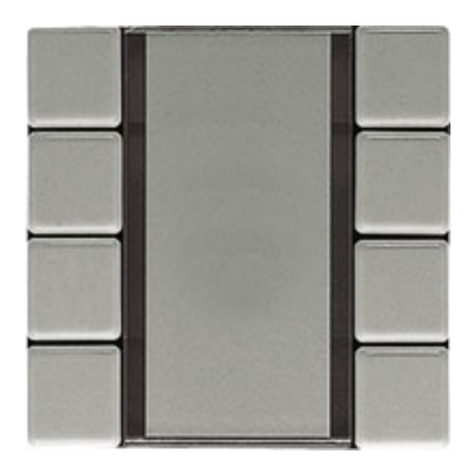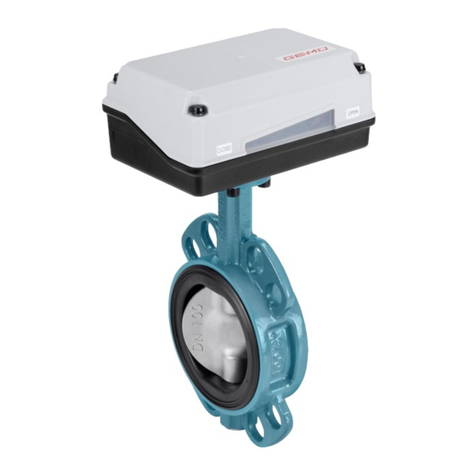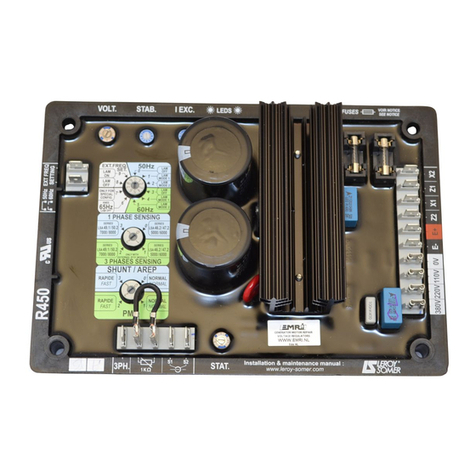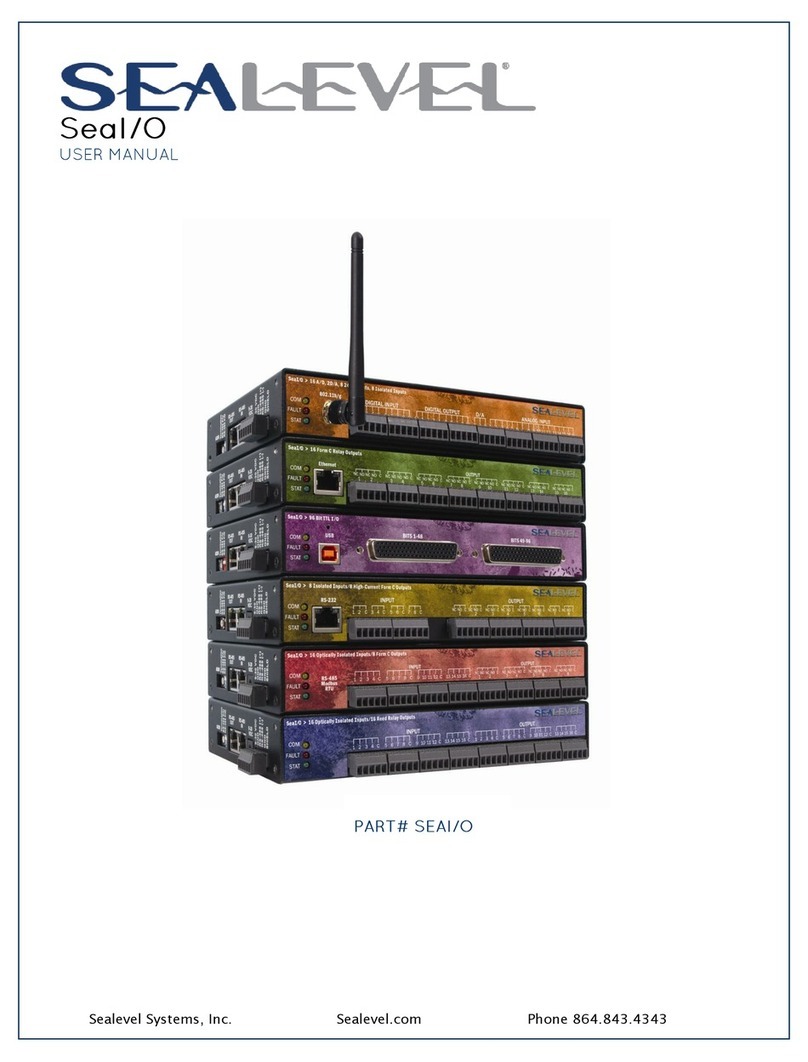esera automation 11140 User manual

Art. No. 11140
All rights reserved. Reproduction as well as electronic duplication of this user guide, complete or in part, requires the written consent of
ESERA GmbH. Errors and technical modification subject to change. ESERA GmbH, ESERA-Automation 2020
www.esera.de 11140 V2.0 R1.0 Manual Page 1 of 5
User guide
1-Wire Extender 1
Distribution module RJ45
for 1-Wire Bus system
Performance characteristics
Distributor for 1-Wire Network with RJ45 connectors
6 x RJ45 modular sockets for output
Input via connection via Push In terminal
Distributor for 1-Wire network or telephone cable
Standard compliant socket assignment
Designed for top hat rail mounting
Blocking capacitor for 5V power
Typical fields of application
Sub-distributor for 1-Wire Network
distribution cabinet
Patch field for test setups
Adapter from open cable ends to network cable
1 Introduction
Before you start mounting the 1-Wire Extender 1 and putting the device into operation, read these Mounting and
Operating Instructions carefully until the end, especially the Safety Instructions section.
2 Product description
A CAT network cable is ideal for cabling a 1-Wire network. The 1-Wire Extender 1 builds on this point and
provides a practical and small network distributor.
The 1-Wire Extender 1 is a very narrow network distributor based on a DIN rail. This saves valuable space in
distribution cabinets. The narrow 1-Wire Extender 1 may also save an Ethernet patch panel, which is otherwise
often used for 1-Wire Network cabling.
The 1-Wire Extender 1 greatly accelerates and extremely simplifies the installation and cabling of 1-Wire
networks. It can be used, for example, in the area of a floor distribution as a star point of living area sensors of
different rooms. The use of standard CAT network cables eliminates wiring errors caused by terminal connections
or "luster terminals".
Our 1-Wire living area sensors with RJ45 connection and the 1-Wire Extender 1 form a coordinated cabling
system.
The 1-Wire Extender 1 supports the tree or star topology. All RJ45 sockets are connected in parallel.
For coupling to control systems, we recommend the use of an ESERA 1-Wire Controller or 1-Wire Bus Coupler.
The 1-wire controller in particular simplifies the software connection enormously due to the many automatic
functions.
No software is required for this module.

All rights reserved. Reproduction as well as electronic duplication of this user guide, complete or in part, requires the written consent of
ESERA GmbH. Errors and technical modification subject to change. ESERA GmbH, ESERA-Automation 2020
www.esera.de 11140 V2.0 R1.0 Manual Page 2 of 5
3 Technical data
Function: Push In terminal and all RJ45 sockets are connected in parallel.
Output: 6 x RJ45 sockets connected in parallel (5V, 12V, GND and Data)
Input: Push In Terminal (12V, 5V, GND and Data)
Topology: tree or star topology (all RJ45 sockets are connected in parallel)
Operating voltage: 5 VDC and 12VDC
Current max.: max. 500mA
Protection circuits: Overvoltage protection (5V line), ESD and reverse polarity protection
Temperature,Operation: -20°C to +60°C
Air humitidy: 10 - 92% (non condensing)
Dimensions: Housing 112x41x 35 (LxWxH)
Protection class: III
Housing protect.class: IP 00
4 Conformity
EN 50090-2-2
EN 61000-4-2, ESD
EN 61000-4-3, HF
EN 61000-4-4, Burst
EN 61000-4-5, Surge
EN 61000-6-1, interference immunity
EN 61000-6-3, Interference radiation
RoHS
5 Wiring diagram
The connection diagram is available as a separate
document on the ESERA website in the article
download section.
5.1 1-Wire Network Connection (Input/Output)
The Push In terminal (X7, screwless terminal) and the
RJ45 modular socket (X8) are connected in parallel.
This allows the input signal to be added via one of the
two connectors. It is also possible to use the two
connectors (X7 and X8) as adapters from network
cables to single cables.
The 12V connection is only provided between the two
connectors X7 and X8.
5.2 Assignment RJ45 socket (input/output)
The Push In terminal and the RJ45 socket are connected in parallel, which means that both connections can be
used equally.
Sockets Assignment:
1 GND
2 +5V
3 GND
4 1-Wire Data
5 GND
6 unassigned
7 +12V
8 GND
6 1-Wire Network
Basics and tips for the 1-Wire bus system can be found on the ESERA website at
https://www.esera.de/1-wire-grundlagen/

Art. No. 11140
All rights reserved. Reproduction as well as electronic duplication of this user guide, complete or in part, requires the written consent of
ESERA GmbH. Errors and technical modification subject to change. ESERA GmbH, ESERA-Automation 2020
www.esera.de 11140 V2.0 R1.0 Manual Page 3 of 5
7 Connection Example

All rights reserved. Reproduction as well as electronic duplication of this user guide, complete or in part, requires the written consent of
ESERA GmbH. Errors and technical modification subject to change. ESERA GmbH, ESERA-Automation 2020
www.esera.de 11140 V2.0 R1.0 Manual Page 4 of 5
8 Operating conditions
The module may only be operated at the specified voltages and ambient conditions. The device can be operated
in any position. The device is intended for use in dry and dust-free rooms. If condensation is formed, allow at least
2 hours for the unit to acclimatize. The modules may only be put into operation under the supervision of a
qualified electrician. The accident prevention regulations of the
Verband der gewerblichen Berufsgenossenschaften für elektrische Anlagen und Betriebsmittel
must be observed in commercial facilities.
Do not operate the module in an environment in which flammable gases, vapours or dusts are present or may be
present.
9 Disposal instructions
Do not dispose of the device in domestic waste! Electronic devices must be disposed of at
the local collection points for electronic waste in accordance with the Directive on Waste
Electrical and Electronic Equipment!
10 Safety instructions
When using products that come into contact with electrical voltage, the valid VDE regulations must be
observed, especially VDE 0100, VDE 0550/0551, VDE 0700, VDE 0711 and VDE 0860
All final or wiring work must be carried out with the power turned off.
Before opening the device, always unplug or make sure that the unit is disconnected from the mains.
Components, modules or devices may only be put into service if they are mounted in a contact proof housing.
During installation they must not have power applied.
Tools may only be used on devices, components or assemblies when it is certain that the devices are disconnected
from the power supply and electrical charges stored in the components inside the device have been discharged.
Live cables or wires to which the device or an assembly is connected, must always be tested for insulation faults or
breaks.
If an error is detected in the supply line, the device must be immediately taken out of operation until the faulty cable
has been replaced.
When using components or modules it is absolutely necessary to comply with the requirements set out in the
accompanying description specifications for electrical quantities.
If the available description is not clear to the non-commercial end-user what the applicable electrical characteristics
for a part or assembly are, how to connect an external circuit, which external components or additional devices can
be connected or which values these external components may have, a qualified electrician must be consulted.
It must be examined generally before the commissioning of a device, whether this device or module is basically
suitable for the application in which it is to be used.
In case of doubt, consultation with experts or the manufacturer of the components used is absolutely necessary.
For operational and connection errors outside of our control, we assume no liability of any kind for any resulting
damage.
Kits should be returned without their housing when not functional with an exact error description and the
accompanying instructions. Without an error description it is not possible to repair. For time-consuming assembly or
disassembly of cases charges will be invoiced.
During installation and handling of components which later have mains potential on their parts, the relevant VDE
regulations must be observed.
Devices that are to be operated at a voltage greater than 35 VDC / 12mA, may only be connected by a qualified
electrician and put into operation.
Commissioning may only be realized if the circuit is built into a contact proof housing.
If measurements with an open housing are unavoidable, for safety reasons an isolating transformer must be
installed upstream or a suitable power supply can be used.
After installing the required tests according to DGUV / regulation 3 (German statutory accident insurance,
https://en.wikipedia.org/wiki/German_Statutory_Accident_Insurance) must be carried out.
11 Warranty
ESERA GmbH guarantees that the goods sold at the time of transfer of risk to be free from material and workmanship
defects and have the contractually assured characteristics. The statutory warranty period of two years begins from date of
invoice. The warranty does not extend to the normal operational wear and normal wear and tear. Customer claims for
damages, for example, for non-performance, fault in contracting, breach of secondary contractual obligations,
consequential damages, damages resulting from unauthorized usage and other legal grounds are excluded. Excepting to
this, ESERA GmbH accepts liability for the absence of a guaranteed quality resulting from intent or gross negligence.
Claims made under the Product Liability Act are not affected.
If defects occur for which the ESERA GmbH is responsible, and in the case of replacement goods, the replacement is
faulty, the buyer has the right to have the original purchase price refunded or a reduction of the purchase price.
ESERA GmbH accepts liability neither for the constant and uninterrupted availability of the ESERA GmbH or for technical
or electronic errors in the online offer.

Art. No. 11140
All rights reserved. Reproduction as well as electronic duplication of this user guide, complete or in part, requires the written consent of
ESERA GmbH. Errors and technical modification subject to change. ESERA GmbH, ESERA-Automation 2020
www.esera.de 11140 V2.0 R1.0 Manual Page 5 of 5
We are constantly developing our products further and reserve the right to make changes and improvements to any of the
products described in this documentation without prior notice. Should you require documents or information on older
12 Trademarks
All mentioned designations, logos, names and trademarks (including those which are not explicitly marked) are
trademarks, registered trademarks or other copyright or trademarks or titles or legally protected designations of their
respective owners and are hereby expressly recognized as such by us. The mention of these designations, logos, names
and trademarks is made for identification purposes only and does not represent a claim of any kind on the part of ESERA
GmbH on these designations, logos, names and trademarks. Moreover, from their appearance on ESERA GmbH
webpages it cannot be concluded that designations, logos, names and trademarks are free of commercial property rights.
ESERA and Auto-E-Connect are registered trademarks of ESERA GmbH.
13 Contact
ESERA GmbH
Adelindastrasse 20
87600 Kaufbeuren
GERMANY
Tel.: +49 8341 999 80-0
Fax: +49 8341 999 80-10
www.esera.de
WEEE-Number: DE30249510
Table of contents
Other esera automation Control Unit manuals
Popular Control Unit manuals by other brands
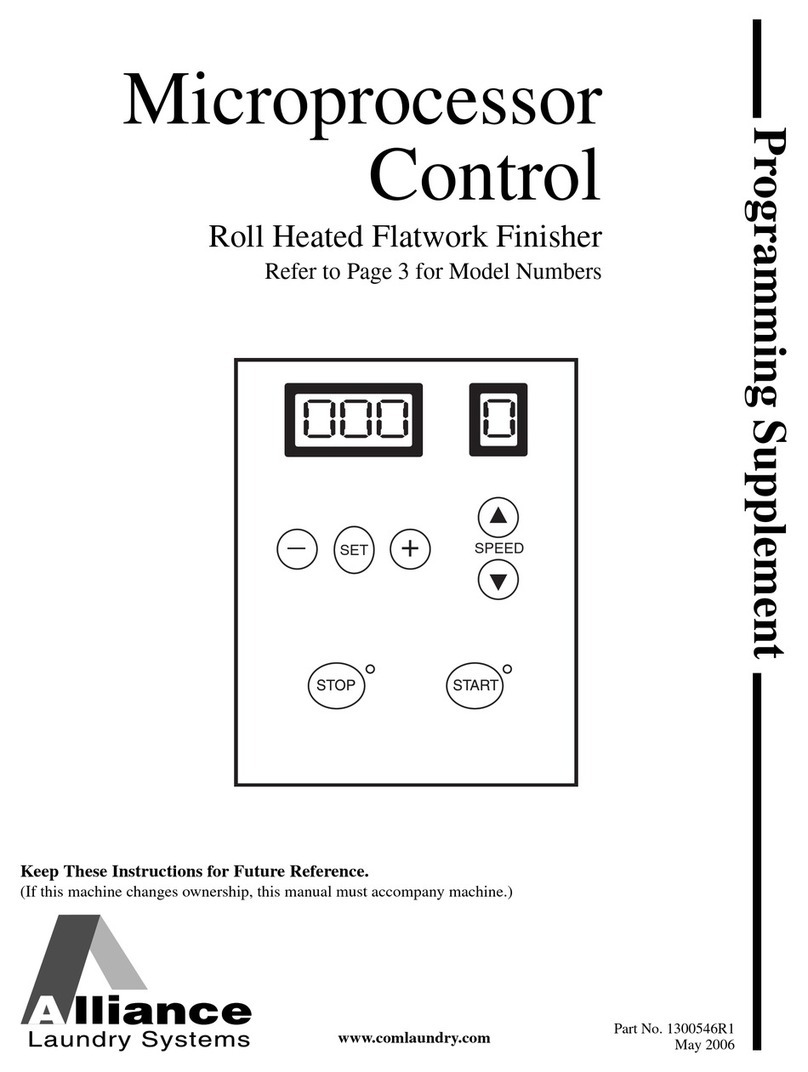
Alliance Laundry Systems
Alliance Laundry Systems UD08F055 Programming manual
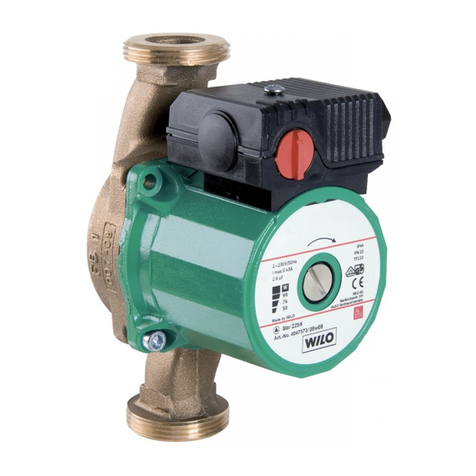
Wilo
Wilo Wilo-Star-Z 20/1 Installation and maintenance instructions

GEM
GEM 8257 Installation, operating and maintenance instructions
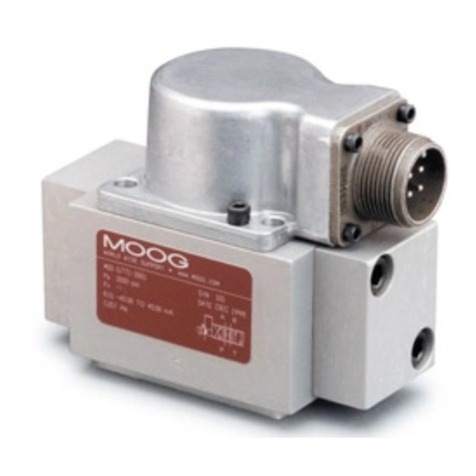
Moog
Moog g77x Series Installation and operation instruction

Genebre
Genebre 2233N Installation, operation and maintenance manual
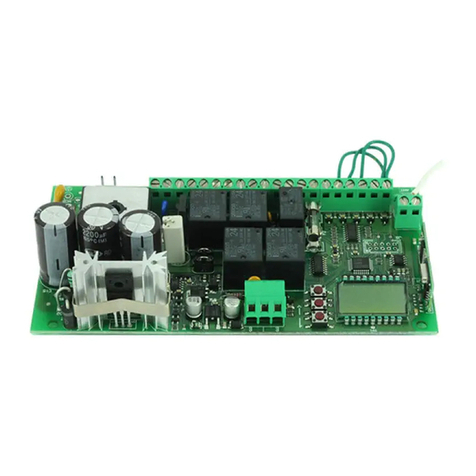
Stagnoli
Stagnoli A24 instructions
